Lakmē Fashion Week’s GenNext has always been a platform that celebrates new voices in fashion. 40th ‘NIF Global Presents GenNext’ Program designers Mohammed Anas Sheikh, Anam Husain, and Pranita Choudhury shine as winners.
The winners of the NIF Global Presents GenNext program represent a bold new wave of emerging designers, each showcasing a distinctive creative language grounded in innovation and individuality.
Talking about his collection, Mohammed Anas Sheikh from Indore says, “The collection is titled “23°N 69°E” and it’s rooted in the crafts of Kachchh. It brings together Ajrakh block printing, hand painting, mirror work, natural dyes, and Kala cotton. The silhouettes are oversized and layered, from block-printed bombers to hand-painted trousers and shirts. We even worked with old broken blocks to create a vintage effect, while using waste textiles to turn garments into art pieces. It’s a dialogue between tradition and modernity.”
Being selected is a humbling experience for him. Says Anas, “It tells me that my work with artisans and crafts from Kachchh has found resonance, and that pushes me to represent them even better on a global stage.”
Revival of weaves
Revival is not just about repeating the past but making it relevant to the present. Weaves need to adapt to today’s wardrobes without losing their identity. “For me, revival means working directly with artisans, respecting their heritage, and finding ways to integrate these weaves into everyday fashion so they continue to live and breathe,” adds Anas.
India is unmatched when it comes to textiles — every region carries a unique craft story. At 23°N 69°E (Anas’s fashion brand), they focus on the crafts of Kachchh: Ajrakh, Bandhani, embroidery, weaving, and now mirror work. “By placing these textiles in contemporary silhouettes like coats, bombers, and layered shirts, we’re making them part of global fashion conversations while keeping their roots intact.”
‘Revival’ has become such a buzzword, but it shouldn’t be about surface-level appreciation or using craft as an aesthetic. It’s about ensuring the people behind the loom are seen, heard, and paid fairly. It’s about creating with respect, not just for the technique, but for the culture, the time, and the human lives it represents.
India, the land of textiles
Our weaves are part of our culture. By reviving Indian textiles, we are taking forward our beautiful weaves to global platform. Also, by doing so we can ensure their continuity, giving artisans dignified livelihoods, voicing out the stories of communities and create something meaningful. slowly we are coming back to our roots and more and more people are choosing handmade products from local brands.
Pranti Choudhury, another GenNext winner says, “RECALLING is a personal and cultural journey into memory, rooted in the emotional landscape of my hometown in Assam. During a recent visit, I found myself at a celebration of Rabindranath Tagore’s birth anniversary-an event that instantly took me back to my childhood days, when Rabindra Jayanti was a cherished tradition filled with music, poetry, and community. This experience rekindled a deep sense of nostalgia, much like Tagore’s evocative song ‘Purono Sei Diner Kotha’, meaning ‘Memories of the Old Days’.”
Pranti’s collection, RECALLING is a celebration of revisiting sweet bitter memories of past friendships, long forgotten letters. The collection RECALLING is an interpretation of poetic feel through eco printing as an impression of old faded memories, Block prints of Gaach in Bengali script as old forgotten letters, I have used kantha stitch and crewel embroidery of dried leaves feels almost archival. These textures are used in natural fabrics like Eri silk, chanderi silk, pashmina silk, linen silk, corduroy in relaxed, timeless, versatile silhouette. This collection bridge between the old Bengali charm and the rhythm of today.
As a travel enthusiast, Pranti has covered various parts of India. “One thing which can’t be ignored are the mix of cultures and crafts in India. Every few kilometres there are beautiful crafts from various culture. Through Gaach, we try to collaborate with various weavers and craftsmen to create wearable and timeless garments to contemporary wardrobe,” she adds.
Using local materials, going back to relearning sustainability from our history and ancestors, supporting regional artisans, and keeping craft clusters alive, along with embracing traditions backed by science- that is how fashion becomes truly local and authentic today. Anam Husain from Delhi echoes, “I think we are moving towards a deeper sense of locality, beyond just ‘where’ a garment is made to ‘who made my clothes’. It is about connecting with the people by knowing the craftsperson’s name and their life stories.”
On the business of fashion
Fashion is slowly evolving. There’s growing awareness around sustainability and ethics, which is positive. But fast fashion still fills our lands, pollutes our water and poisons our air. I mean, the sheer audacity of producing in our country, without paying us fairly, only to sell those products to us at a premium, or to discard them here when they are not sold? Anam Husain explains, “The future lies in businesses that balance profit with purpose, valuing craftsmanship and fairness over speed. Together, we could truly kick fast fashion out of the world and lead the global business of fashion with our heritage skills.”
For Anam, sustainability truly begins with the choices we make as consumers. It means selecting quality over quantity, respecting the hands that craft each piece, and being aware of how our decisions affect both people and the planet. It’s about slowing down, supporting brands that care, and building a lasting connection with fashion instead of chasing fleeting trends.


)
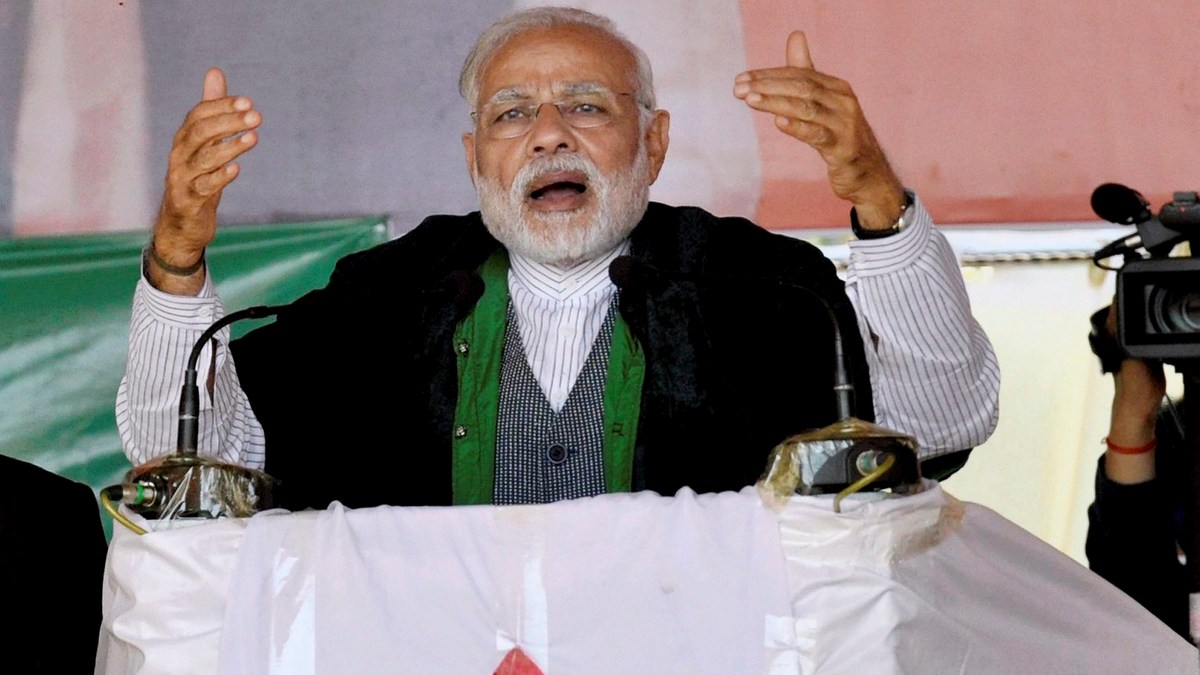)
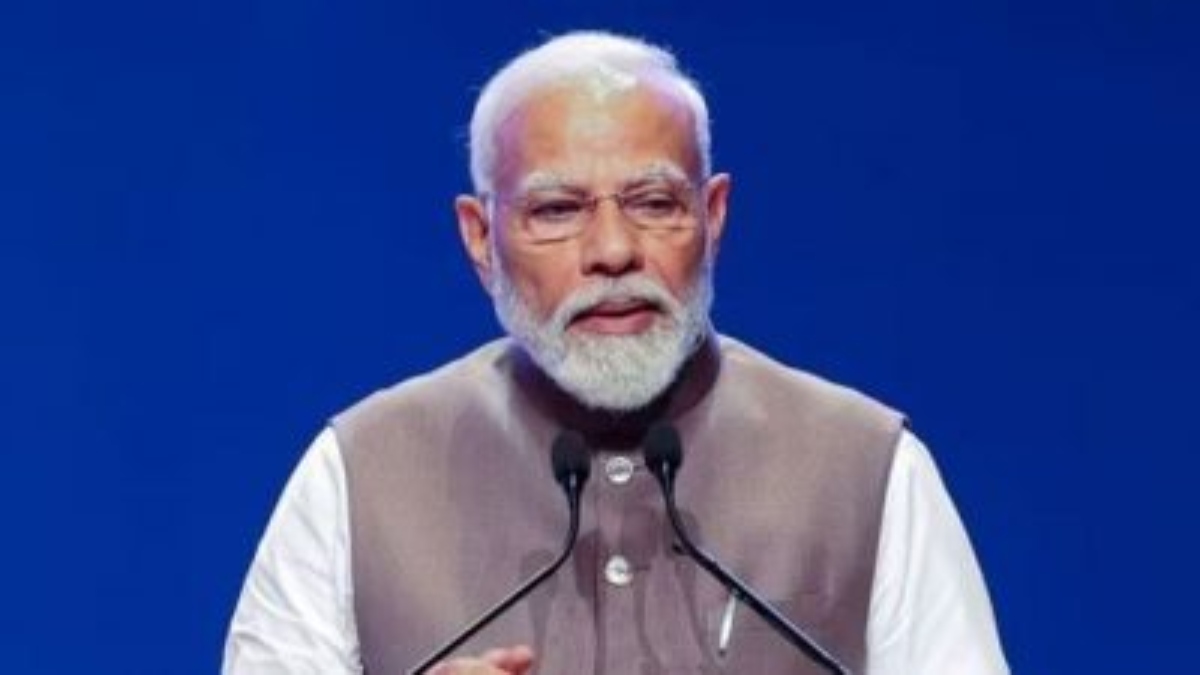)
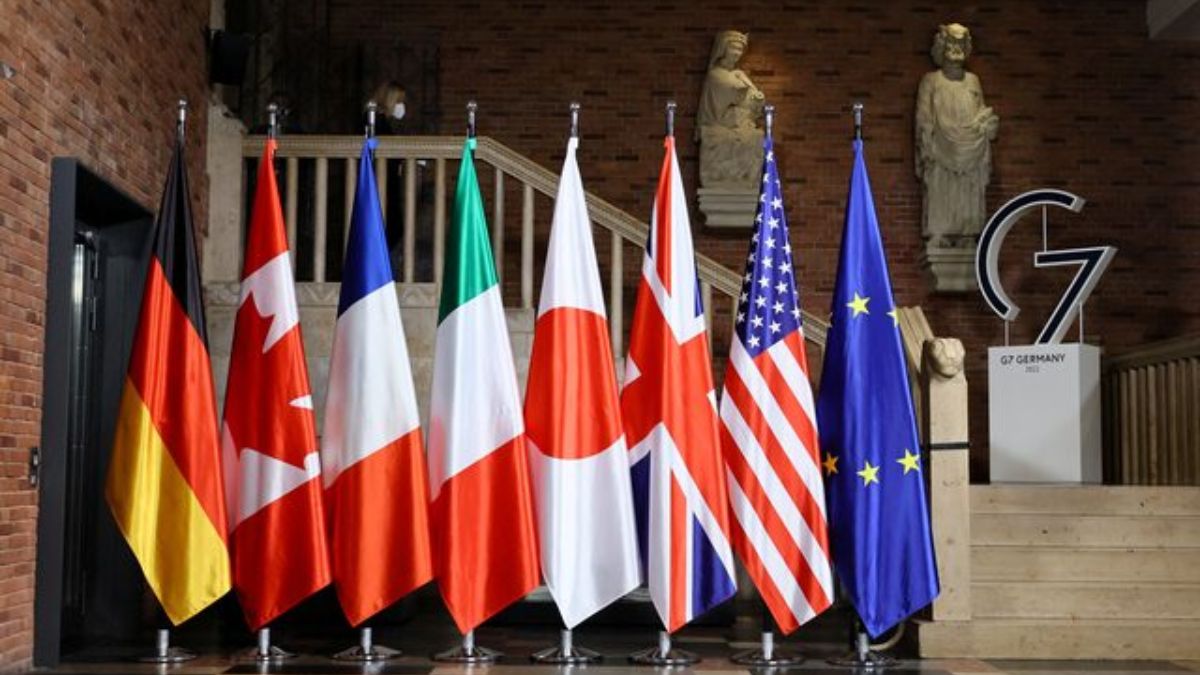)
)
)
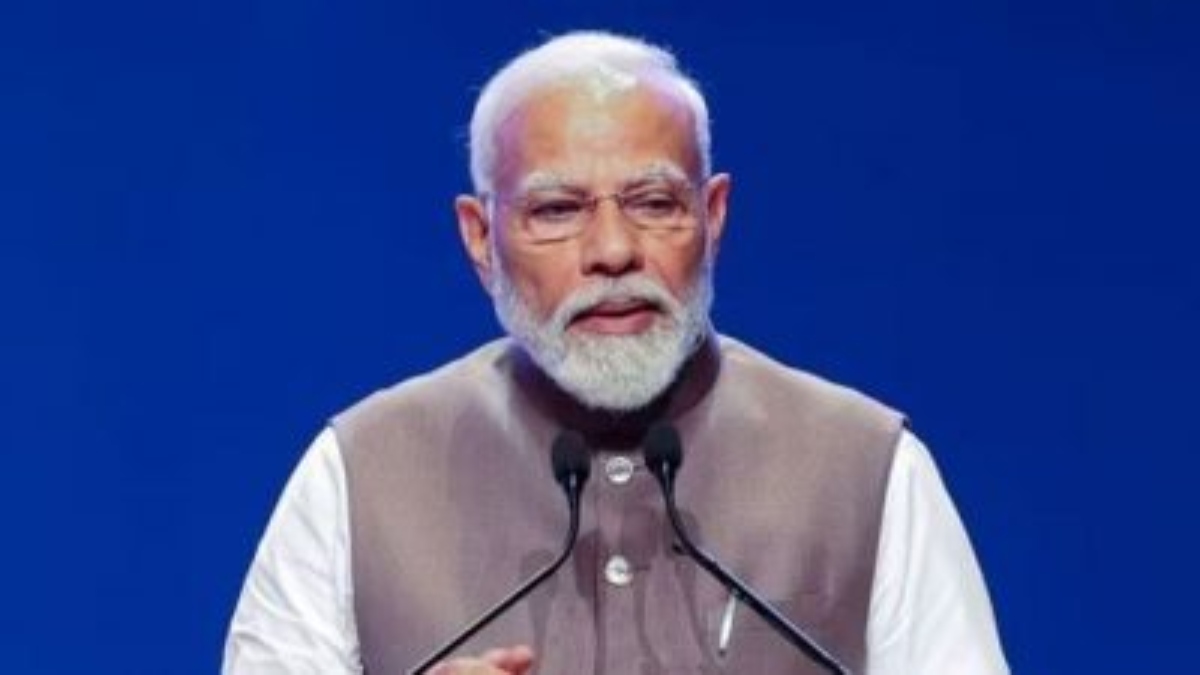)
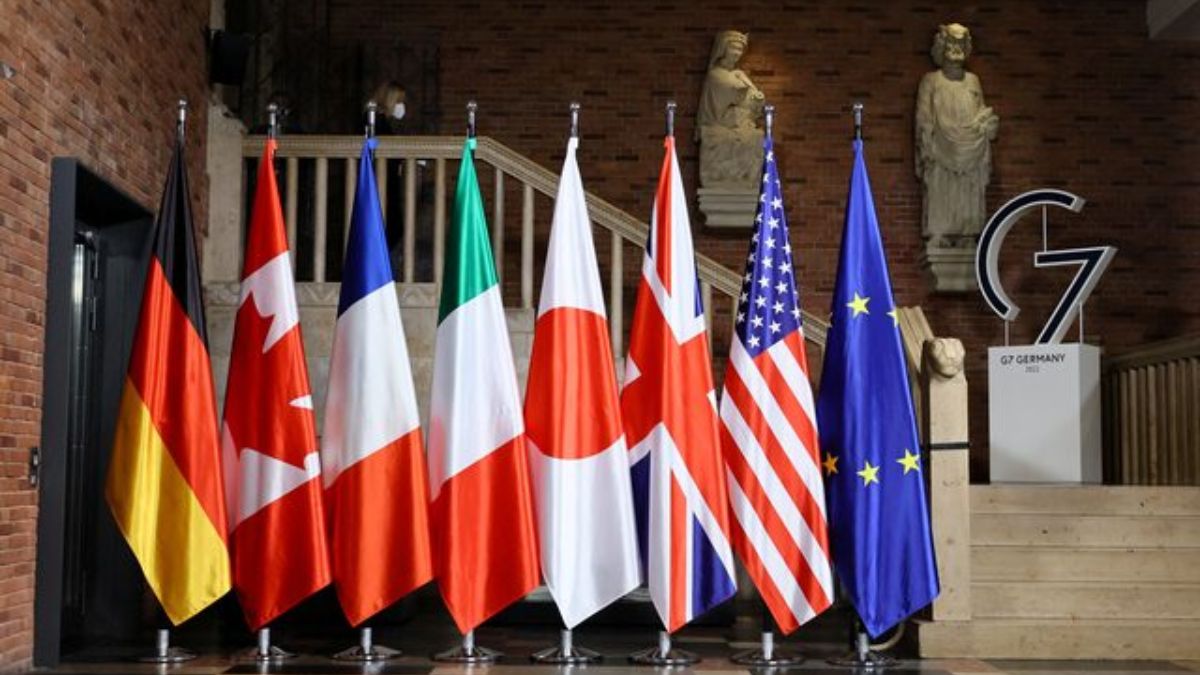)
)



